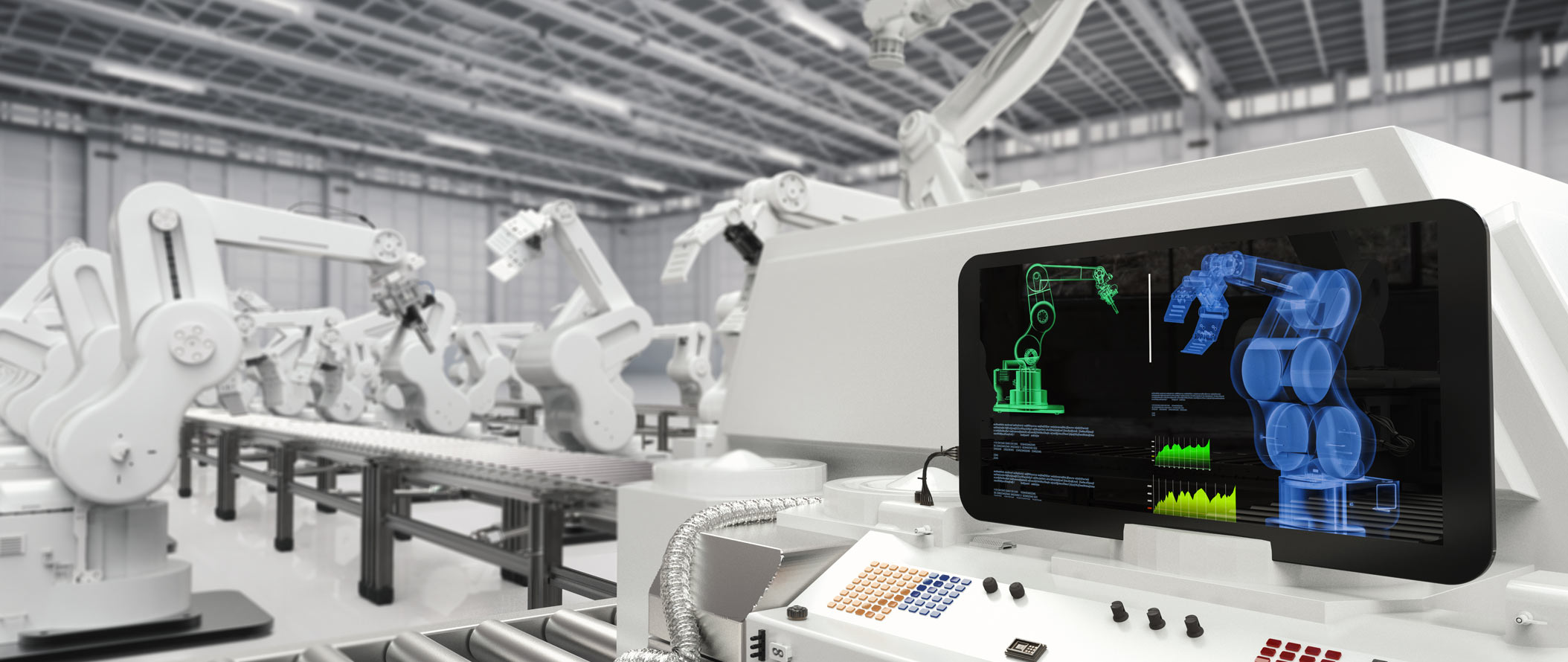Technology is changing the manufacturing landscape. But what does smart manufacturing mean for your business?

Smart manufacturing integrates individual work components to create an adaptable, data-rich manufacturing process. When machines connect and share information, manufacturers can pinpoint the root cause of any event on the shop floor, take a proactive approach to maintenance, and fine-tune processes for maximum efficiency.
Data is powering this Industrial revolution.
One of the hallmarks of smart manufacturing is the sheer volume of data it puts to work. Integrated machines and sensors can communicate a virtually unlimited number of data points in real-time. This massive amount of information is known as “Big Data,” and it can lead to big improvements for your business.
A "smart factory" is one that harnesses the power of smart manufacturing.
Big Ass Fans is a great example. The company uses data-driven manufacturing technologies to help solve its customers' problems. They even integrate smart technology into their products.
Smart manufacturing builds upon itself. When everything is quantifiable, manufacturers gain real-time insights into shop-floor processes. That interconnectivity can lead to improvements big and small. Here are some common examples.
Automation – Perhaps the most significant benefit of all, automation removes human input from processes to improve production, quality, or even safety. For example, once a machine finishes creating a part, it can start working on the next one in the queue, without relying on a manual process.
Fewer production errors – Data helps smart factories self-monitor and self-optimize. A smart factory can locate and correct potential production errors early before they become major problems. Imagine the scrap and rework that could be prevented by catching a problem sooner.
Less machine downtime – Data can help smart factories learn the best service intervals for each piece of equipment and plan proactive maintenance. This reduces unexpected downtime and can help manufacturers bypass premature or unnecessary maintenance.
Faster decision-making – Smart manufacturers see their shop floors, businesses, and supply chains more clearly. The combined forces of Big Data, the internet, and cloud computing put answers within reach, whatever the questions may be. They can predict, diagnose, prescribe, and describe the events impacting their operations, and take proactive or corrective action fast.
Better supply-chain efficiency – Data is king in your supply chain network. From forecasting demand to defining customers’ payment terms, manufacturers can reduce risk and cost from nearly anything they can quantify.
A more efficient remote and mobile workforce – Automation means that workers don’t always have to be on-site to be on-the-job. They can monitor production or even control physical equipment from a
mobile device.
Make-to-order (MTO) mastery – The demand for customization is growing. And when production is running at peak efficiency, manufacturers start finding slots to insert custom orders that would otherwise be unprofitable. That efficiency combined with on-demand technologies like additive manufacturing and 3D printing means MTO is becoming more profitable than ever. By shifting to on-demand part production instead of batch-and-queue processing, parts don’t just wait around to be ordered. That lets manufacturers keep inventory low, reduce warehousing costs, and cut waste.
Automation and smart manufacturing are incorporating other technologies as well.
These and other technologies are reshaping manufacturing. How can you innovate with smart manufacturing?
The benefits of smart manufacturing are vast and growing. The good news is that it isn’t all or nothing. You can start small and add components and complexity as your business grows. The right technology partner and ERP “backbone” will be essential. They can help you start the process and ensure you’re setup for a future that is more:
Predictive – Better data can help you make future choices now. Predict when future problems might arise and set plans in motion to solve them. Review all-inclusive data to explore several virtual scenarios before taking an approach. Use predictive analytics to solve future supply-chain issues.
Custom and Customer-Focused – Lean into the growing trend toward custom manufacturing. Smart factories can create custom products at higher volumes for lower costs.
Fast-paced – Smart manufacturing is growing fast, both in technology innovations and market size. Tech-savvy companies have become early adopters, but soon it will be less of a trend and more the norm.
Sustainable – Less waste, smarter energy consumption, better-maintained systems, and more. Preliminary data is showing smart manufacturing could help boost sustainability.
Tech advancements have yielded more responsive manufacturing systems. Individual machines and entire factory floors can self-diagnose, self-correct, and self-improve. These integrated, collaborative manufacturing systems are helping to improve manufacturing so quickly, there’s already talk of an Industry 5.0.